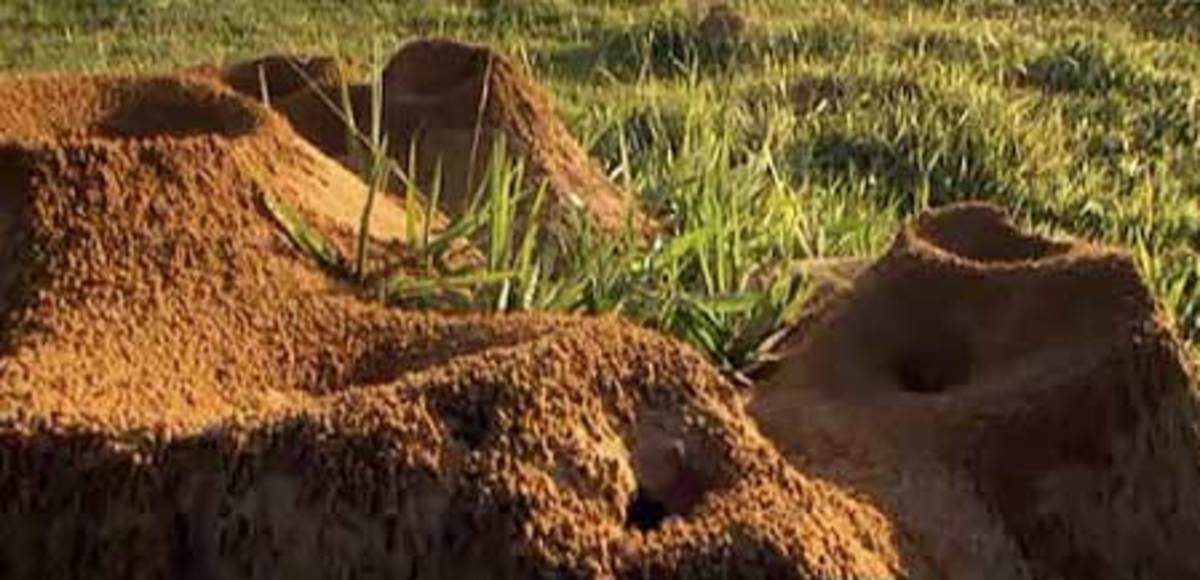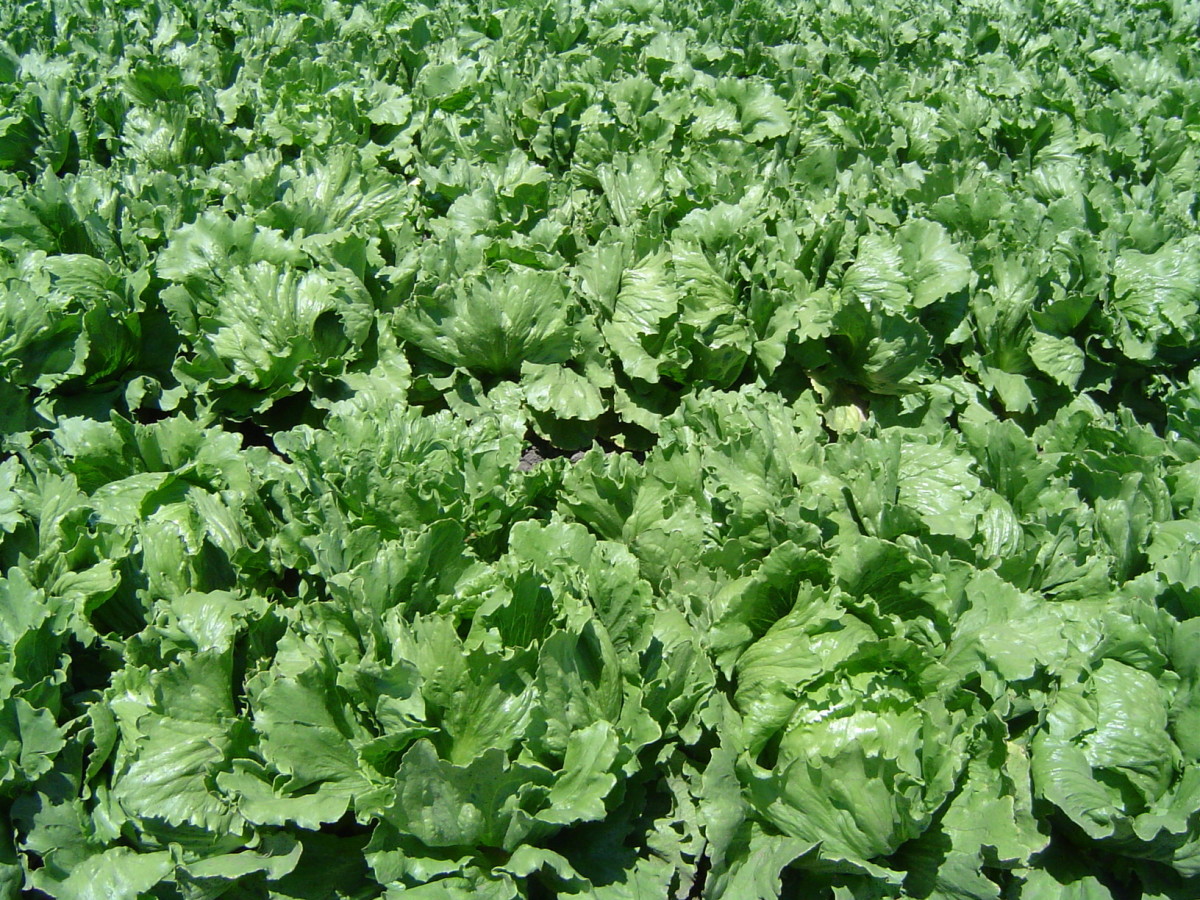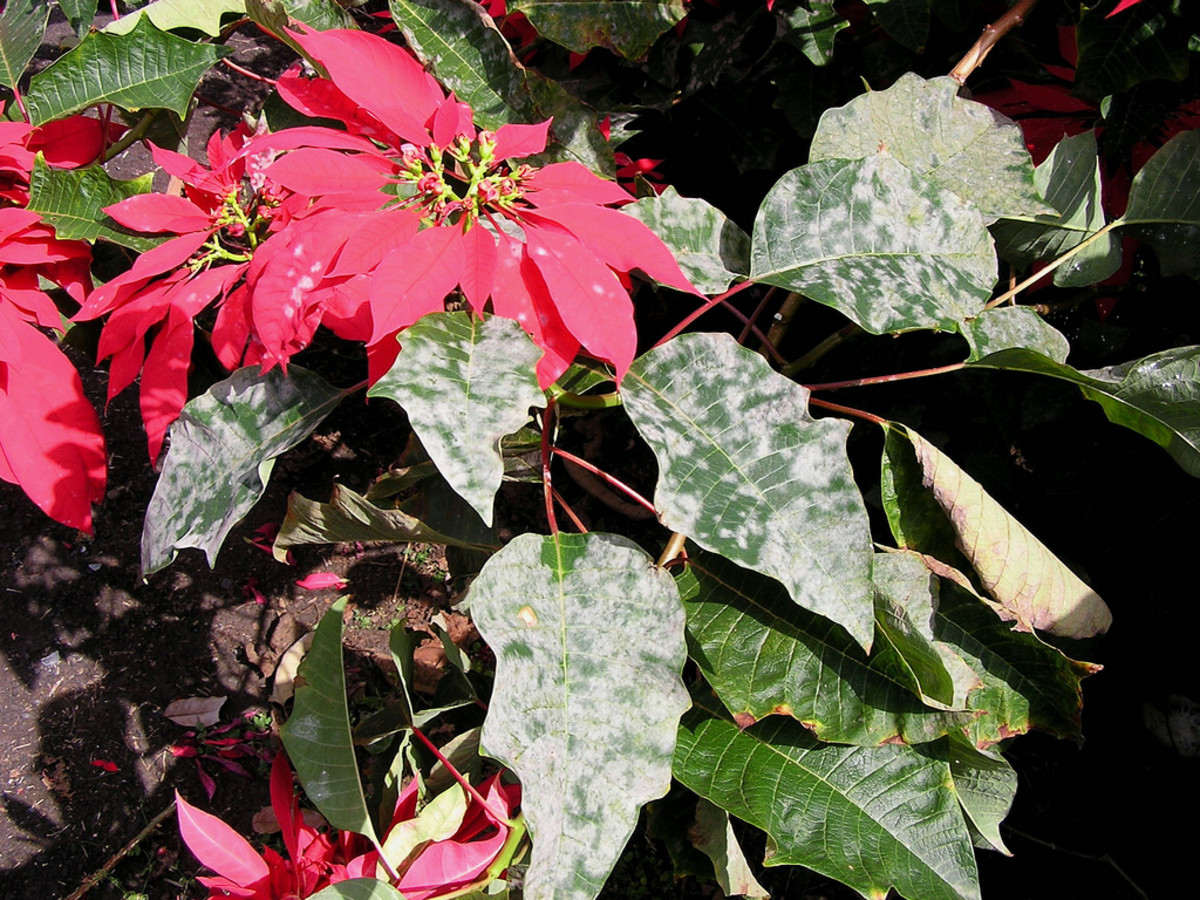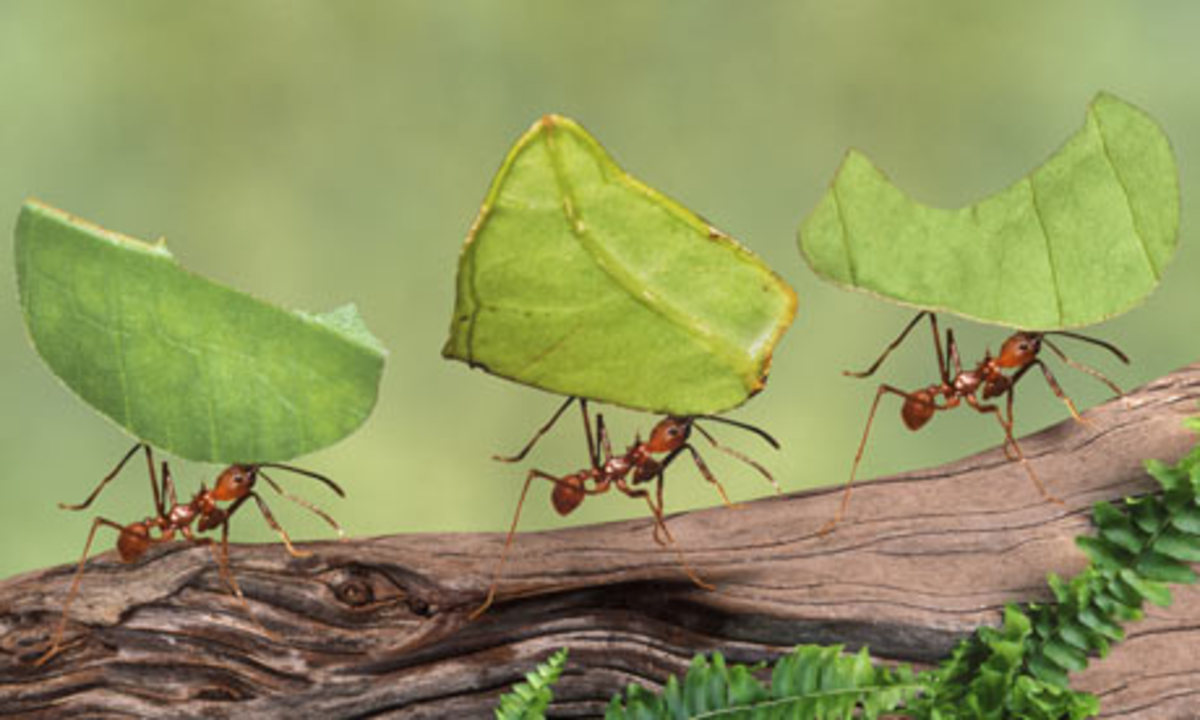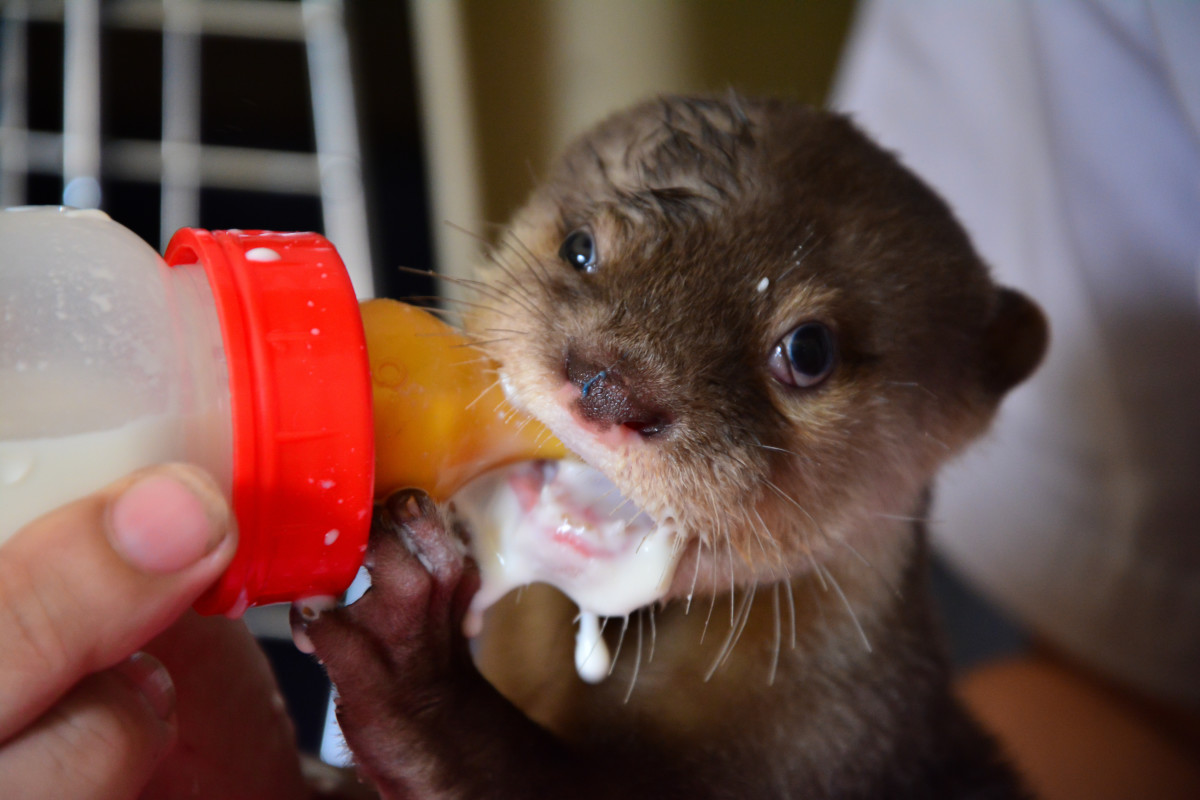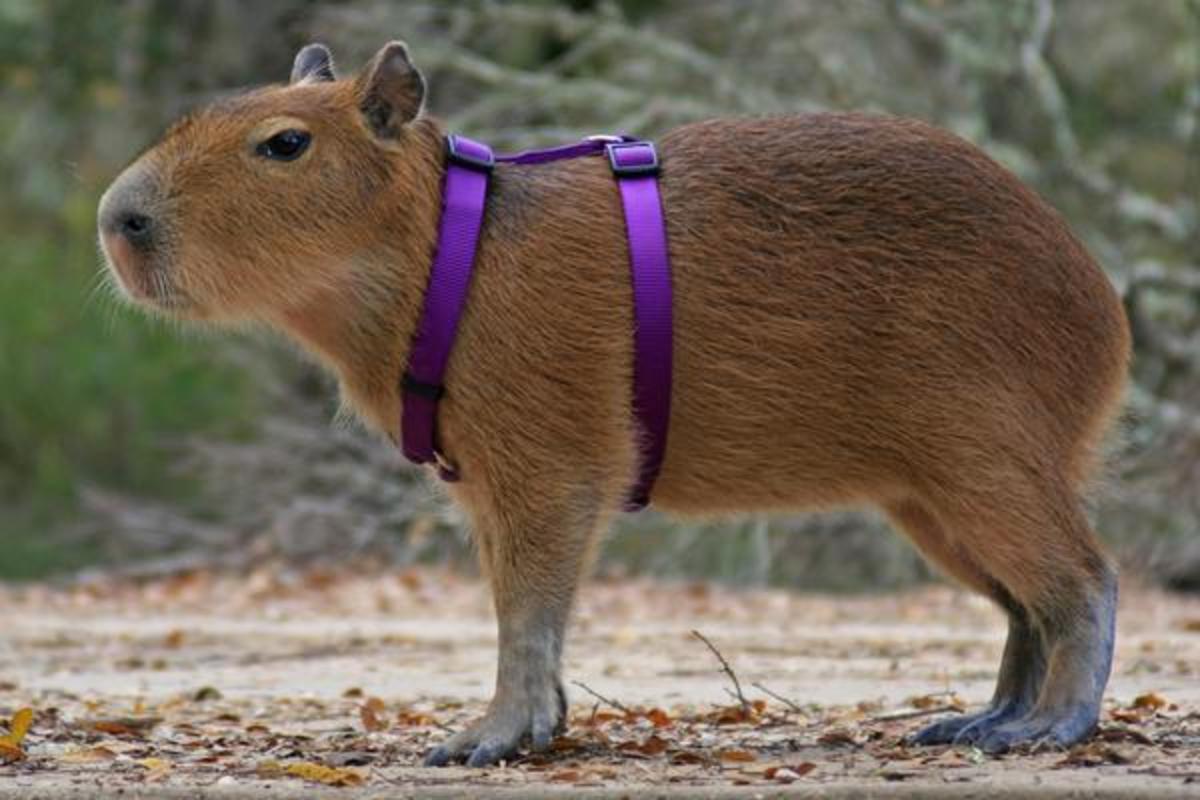How to Start Your Own Ant Colony (Acromyrmex)
Getting the Queen ants
To begin your ant colony, you will need to have a Queen ant, since it is the only ant that can lay eggs to assure the survival of the colony. You can do it in two different ways:
- If you live in Latin America, you can catch them by yourselves. The best time to catch them is while they are in the nuptial flights, between mid-spring and the end of the summer. They often start the flights after rainy days, so then it is when you have the greater chance to get them. You can recognize one when you see a group of ants with wings in the ground, there will be male and female ants, of which only the females (Queens) are useful. The queens are easily recognizable because of their size and their abdomen, which is much bigger than the males'. After you spot them, you can grab them gently from their wings and place them inside a glass or plastic tube and then close it with cotton. You can grab as many Queens as colonies you want to have, but some of them may die.
- If you don't live in Latin America you can buy them online in a variety of websites, but check the your legislation first, as it is illegal in some countries to import species.
Preparing the habitats
You should move the to their new habitat as soon as you can .Their first habitat shouldn't be very big, personally I used 7,5 inches long glass tubes with a diameter of 3/4". I filled them with approximately an inch of water and put a cotton ball to dam it. Then you have cut some leaves into pieces and leave near the entrance, and finally put the Queen inside this new tube and close it up with more cotton. Leave them in a dark place, avoiding extreme temperatures.
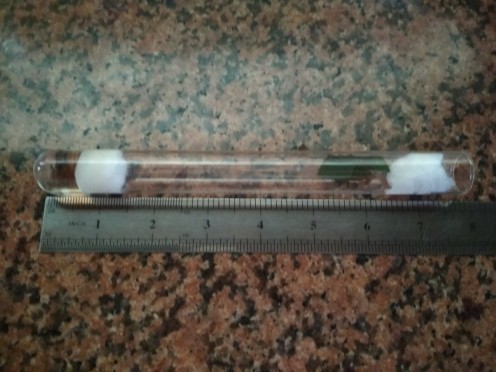
Starting the fungus
This species of ant cultivates its own food, fungus of the genus Leucocoprinus. The ants feed it with masticated leafs and then they eat them. The Queen ants starts the nuptial flight with some fungus from their colony to start a new one.
When you place the Queen in the new habitat, it should take its wings off and start feeding the fungus, which you will see how it grows with the time. If the Queen had lost the initial fungus, it will start accumulating pieces of leaf near the humid cotton, and won't be able to cultivate the fungus. If you have more than one colony and one of them does succeed, you can help the rest just by taking off a small piece with tweezers and giving it to the unsuccessful Queens.
Ant´s food
You shoud try diffeent kinds of leaves since every colony is different, but here are some things they usually enjoy: Rose flowers and leaves, ash tree leaves, lettuce, orange, and most fruits. You should not give them too many fruits, since the ants eat it and do not use to enlarge the fungus.
The first minims
You will need to take the old leaves away and to replace them with fresh ones every three or four days. If you do this, after a while the Queen will lay eggs inside the fungus, which will eventually become larvae and pupae, and then minims, which will start doing what the Queen used to do, and the Queen will just stay at the nest (The fungus) laying more eggs. At this point, the Queen is in fact a slave of the other ants, since the only thing it can do is to lay eggs inside the fungus, and move around it, but it will never leave the fungus.
Enlarging the habitats
When you colony has about ten ants (You can wait if they have room in their first habitat, move them when it is hard to feed them with leaves), you should move to a bigger space, I would recommend a transparent plastic recipient with lid. You can do this in 2 different ways. In both ways you make a hole of the same diameter of your tube on a side of the recipient and another in the lid, and then cover the lid hole with something that will let the air exit the habitat (It is not recommended to use scotch tape or cloth-like objects since the ants can cut through it and escape).
- In the first way you just have to introduce the glass tube in the side of the recipient until it is half in and half out. You have to cover the part of the tube that is out of the recipient to make ants more comfortable in the nest. Finally, remove the cotton blocking the tube entrance and put a stick or other object to help them descend into the recipient.
- In the second way you have to lock the side hole with several layers of scotch tape (Ants can cut through tape after a while). After that, you have to empty the tube in the recipient, you can do this by simply removing the cotton and putting the tube upside-down. In this case you will need to fill a small tube with water, dam its entrance and leave it inside the recipient so they have a source of water. Finally, cover the whole recipient with cloth or keep it in a dark space.
To feed them, you just have to remove the LID, take the old leaves away and throw some new ones in both cases. Be careful not to remove any ant or piece of fungus while doing this. The ants will stock all the garbage they produce somewhere n the recipient, away from the fungus, and you need to take it away every couple of weeks. In both cases you should cover the walls near the lid with olive oil, to prevent the ants from escaping (This is not always very efficient, so be careful when opening the recipient).
Read this tutorial to make the holes more easily.
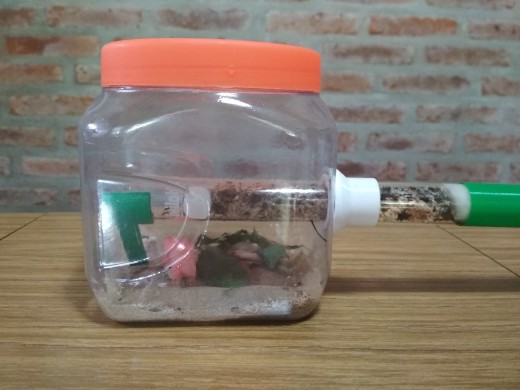
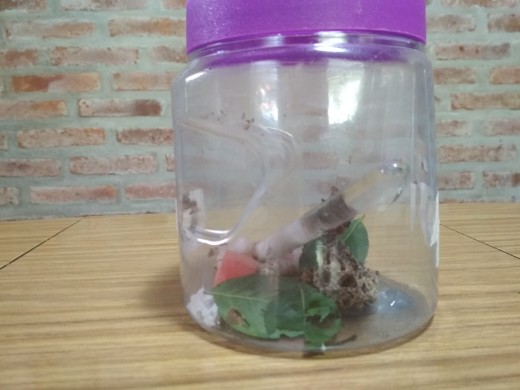
Re-enlarging the habitats
When the fungus covers a big part of the recipient, you should connect another similar recipient with a transparent hose to use as outworld, where you can put the leaves and the ants will throw their garbage. This will reduce the risk of escape and reduce the stress of moving the fungus. In my case, I built an aquarium-like recipient and added a top frame, and applied olive oil to it to prevent ants from getting out. Then I decorated it to be outside-like, but this is not necessary.
To connect it, just remove the tape from the fungus recipient and insert a hose in it, which should end in the new outworld. Ants feel safer having to walk a while to get to the outworld, so you can make a few loops with the hose in order to see them walk through it.
You can add more recipients to make more room for the fungus if you like, but they will fill one recipient before moving to the next one. Additionally, you can add more outworlds to make more room for the ants if you colony is very big.
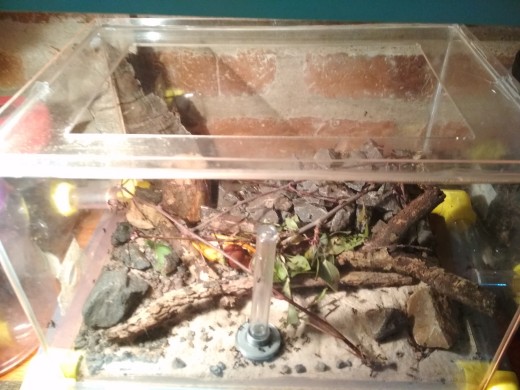
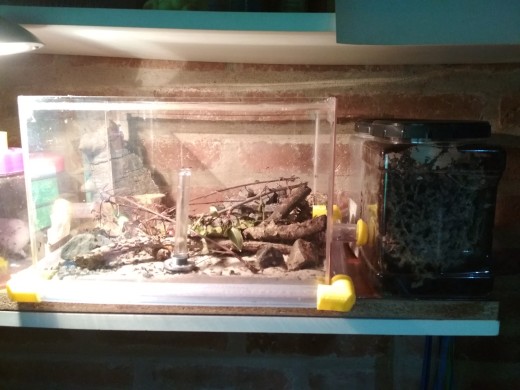
That´s it
Now you have your nice ant habitat and can continue enlarging it as much as you want, have fun.

